On the banks of Delaware’s Brandywine River, the Hagley Museum & Library has so many different features that it appeals to visitors of all ages and interests. From a real covered wagon to a chance to see how gunpowder is made – and hear the big bang when it explodes – Hagley Museum will appeal to kids.
Gardeners will be interested in the restored early 19th-century gardens of Hagley’s founder E.I. duPont; history lovers will find connections to nearly all periods of America’s story. Rail buffs will be fascinated to know how Hagley made the rapid rise of railroads possible. The stories Hagley tells cover centuries and chart the evolution of American industry.
Hagley, the largest gunpowder manufacturer in the US, began in 1802, and its first mill opened in 1803. Unable to keep up with demand, E. I. du Pont built a new mill at the present site in 1813. A further expansion in 1837 at location downstream later evolved into the DuPont Experimental Station, where Tyvek, nylon, Keflar and other innovative products would be developed. At its height, Hagley had 33 mills operating, covering more than a mile.
Hagley supplied gunpowder for the War of 1812, and a half-century later sold four million barrels of powder to the Union Army during the Civil War. The high-quality explosives manufactured here made possible the blasting of tunnels and cuts for the nation’s expanding railroads, for mining minerals and for quarrying the stone to build America’s cities.
The manufacture of all this gunpowder took place along the banks of the Brandywine, which although a short and relatively small river, has a substantial drop, enough to power the multiple mills. The location duPont chose also had the advantage of abundant willow trees for charcoal (an essential ingredient of gunpowder) and Brandywine gneiss, a good stone for building the mills and other sturdy structures required for working with such highly volatile materials.
The roll mills form a long line along the riverside, and signboards explain and illustrate how these machines work in manufacturing gunpowder. Standing above the flowing water in the raceway, you can watch how the water powers the turbine, turning a belt to the drive shaft that operates machinery in a building some distance away.
The 19th-century equipment is still working, including an 1870s coal-fired steam engine and the country’s only operating 16-ton roll mill that grinds and mixes the charcoal, sulfur and potassium nitrate into gunpowder. In the machine shop, a volunteer demonstrates from start to finish how gears are made, using a machine powered by the 1890s Hercules water turbine.
For young visitors the highlight may be seeing – and hearing – black powder in action. A guide loads the powder into a capsule, explaining that black powder needs to be compacted in order to explode. Then, after placing the capsule inside a pressure-resistant transparent box so visitors can watch the explosion safely, he lights a fuse and closes the box.
Above the river and powder works is Workers Hill, where the Yard Forman and other workers lived with their families. It was unusual in early 1800s for an employer to provide housing for workers and their families, and this community included immigrants from Ireland, Italy and elsewhere who worked and lived in a community bound by the common danger of their daily jobs. You can visit the foreman’s house and the Sunday School, where there are often activities for children. The workers’ garden now grows ingredients for the Belin House Organic Café, a self-service café in the former bookkeeper’s house.
The duPont family’s ancestral home, Eleutherian Mills, sits high on hill, a safe distance above the gunpowder works. It was built the same year as the mills opened, a stately Georgian home where five generations of duPont’s have lived. The small 1837 office building facing the gardens was the nerve-center for the business and has displays that help sort out the various generations of the duPont family, as well as information on the development of water-powered industry in the Brandywine Valley.
Like all homes, Eleutherian Mills changed over the generations, and the last duPont to live there tried to incorporate furnishings and décor that her ancestors had used there, including items brought from France in 1799. So it is not decorated to any specific era, rather a retrospective of changing tastes combined with her own collections of American folk art. You can tour the house with a guide and explore the other buildings and garden at leisure.
The barn contains a collection of vintage vehicles, including a Conestoga Wagon that was used to transport black powder to the port of Wilmington. In the lower level of the barn is a 1928 duPont Motors Phaeton.
E. I. duPont was already an avid gardener when he emigrated to the United States from France in 1799, passionately interested in botany and determined to grow the fruit and vegetables for his family’s table. The two acres of gardens he designed combine his own ideas with the influences of traditional French horticulture.
You’ll notice that influence in the symmetrical layout of defined beds separated by gravel paths, in the mixture of vegetables and flowers, and in the border of dwarf pear, apple and peach trees pruned and trained in the French en quenouille style. Corresponding with and often trading plants with fellow pioneering horticulturists, duPont also imported plants and seeds from France and incorporated native plants into the surrounding landscape.
The garden you see today at Hagley Museum has been restored to its original plan, with plants grown by E. I. duPont during the 1803-1834 period. Garden structures he installed, including a summerhouse, have been reconstructed, and heirloom plant varieties have been planted according to a plan drawn by duPont in 1804. The plan identified the location of more than 100 varieties of fruit trees in the orchard.
The gardens were designed to produce food, but also as a colorful landscape, and are located right in front of the house where the family and guests could enjoy their ornamental qualities. Both ornamental and culinary plants are designed for all seasons, so in the spring you’ll see a profusion of flowering bulbs, fruit trees and lilacs in bloom. Summer brings blossoming perennials and annuals planted in rows with the vegetable crops, and in the fall the gardens are bright with chrysanthemums and orange pumpkins.
The garden is an active one, and visitors are encouraged to explore it and ask questions of the gardeners. Seasonal programs feature various garden-related activities. You’ll find this interactive element throughout Hagley, with docents available to explain, demonstrate and discuss the site and its history. Hagley Museum is as much a place to experience as it is to see.
The popular family program, Science Saturdays, features a different theme each month, involving children in experiments, scientific challenges and discovery activities. Themes cover a wide range of subjects: inventions, aerodynamics, environment, chemistry, engineering, physics and more.
Activities might consider ways to reduce plastic waste in the Brandywine River by making an Ecobrick from recycled bottles, or explore the chemistry of common kitchen ingredients. Other family programs give children the opportunity to experience living in an early 19th-century environment, learning to use hand tools, and doing everyday tasks without electricity or other modern amenities.
In the Science & Discovery Center, near the entrance, kids can get involved in more hands-on experiences, such as trying on a space suit and learning about the du Pont materials used to make it. The museum at the Visitor Center has three floors of exhibits in an 1814 former spinning mill. Intricate dioramas demonstrate the operation of the mills along the Brandywine River and the development of the explosives industry.
Changing exhibits highlight items from Hagley’s collections, especially examples from the extensive Rothschild Patent Model Collection – yet another facet of Hagley Museum. The world’s largest collection of these working models once required by the U.S. Patent Office is housed in the Hagley Library, a separate facility open only on weekdays. Admission to see the approximately 100 models on display at any time is free.
While you can walk to all the sites along the river and on Workers’ hill, a bus also makes the circuit, stopping at various points of interest. The bus also takes visitors to the Eleutherian Mills area, with the house, gardens and barn.
Side Trip
Hagley Museum is one of four outstanding attractions the duPont’s left in the Brandywine Valley. Later heirs of the du Pont fortunes carried on E. I. du Pont’s love of gardening with three outstanding public gardens. Foremost among the country’s show gardens, Longwood Gardens is a four-season extravaganza of flowers and landscapes. Even in mid-winter, the Conservatory is filled with acres of floral displays and indoor gardens.
Winterthur is best known for its collections of American antique furniture, decorative arts and folk arts, displayed in rooms meticulously representing periods and styles of American décor. But its vast landscapes are as carefully preserved, and within them several lovely gardens – including an enchanting one for children.
The gardens of the Nemours Estate surround a 77-room mansion inspired by Le Petit Trianon at Versailles and are known for what’s been called the finest garden vista in America. Fountains, pools, a colonnade, formal parterres, perennial borders and a sunken garden show off the finest points in garden design.
By Barbara Radcliffe Rogers
Europe Correspondent, Planetware
Luxury Travel Editor, BellaOnline
Features, Global Traveler Magazine
https://worldbite.wordpress.com

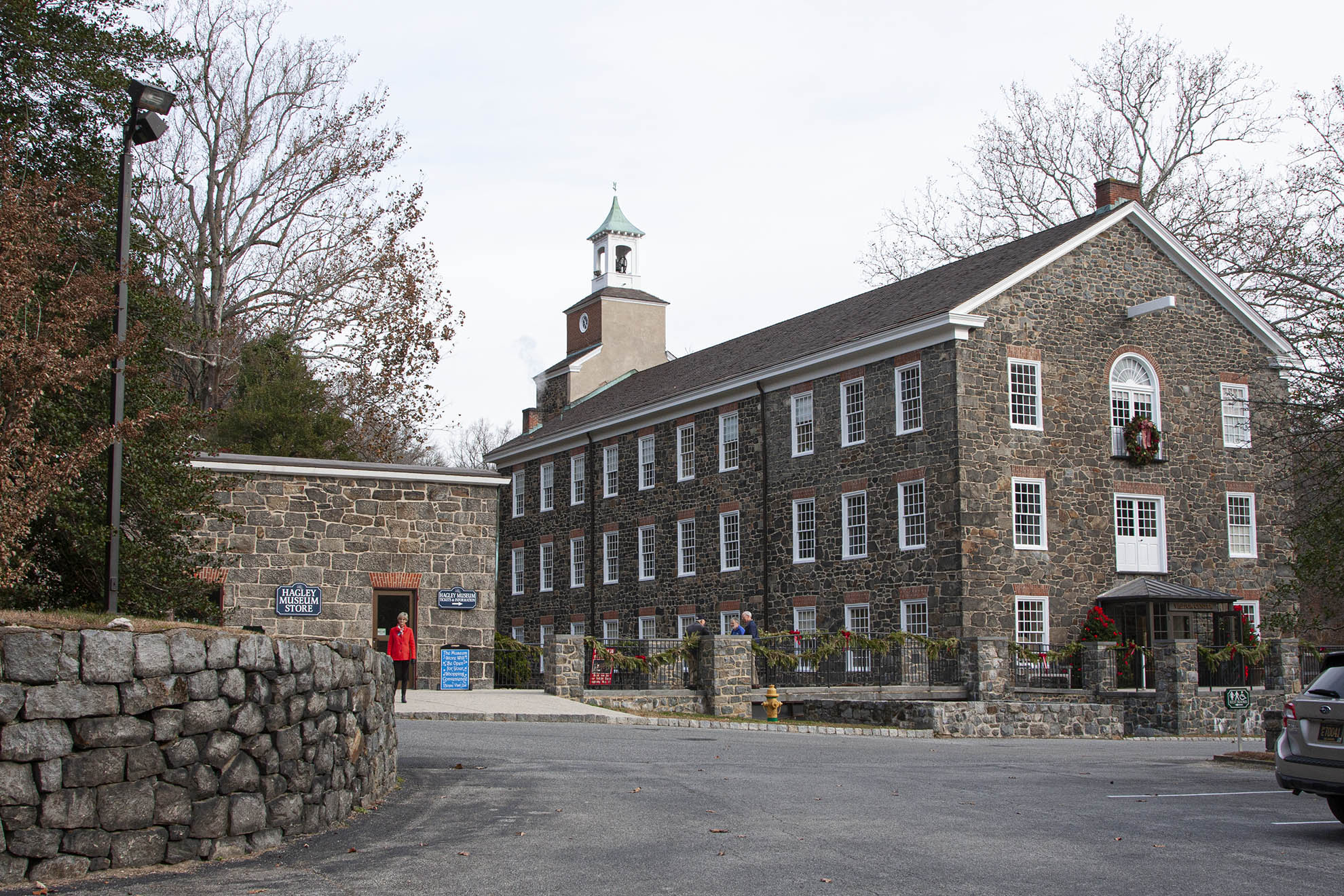
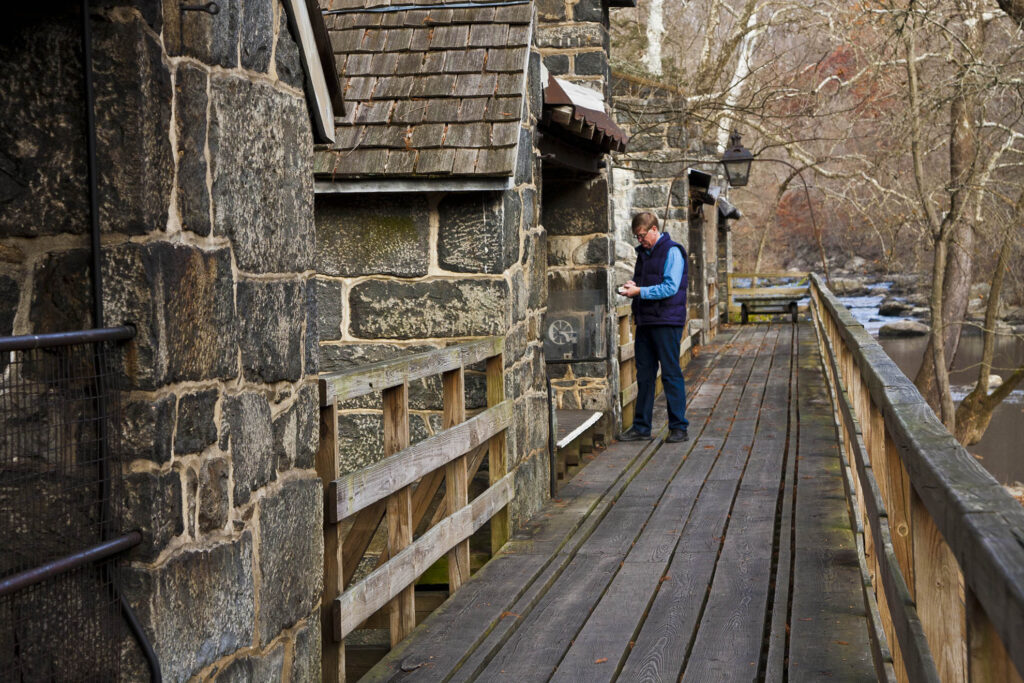
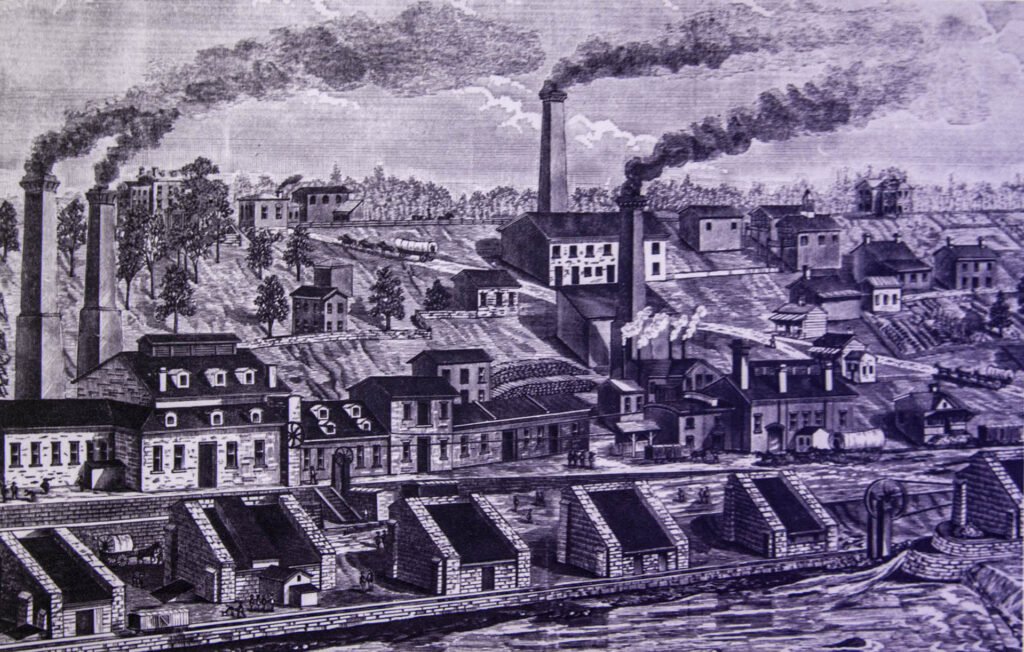
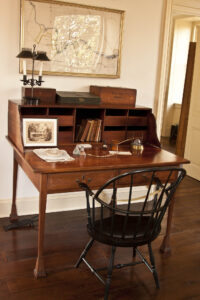
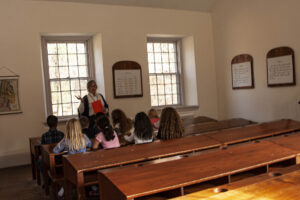

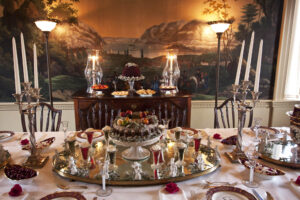
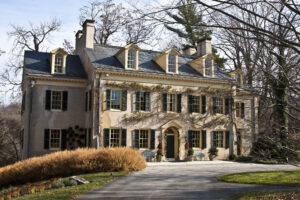
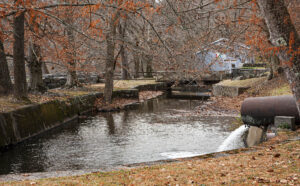
You have so much information for Hagley BUT you don’t say anything about any information of guided tours and if you have them at all. Do you have tours and if so what time do they start?